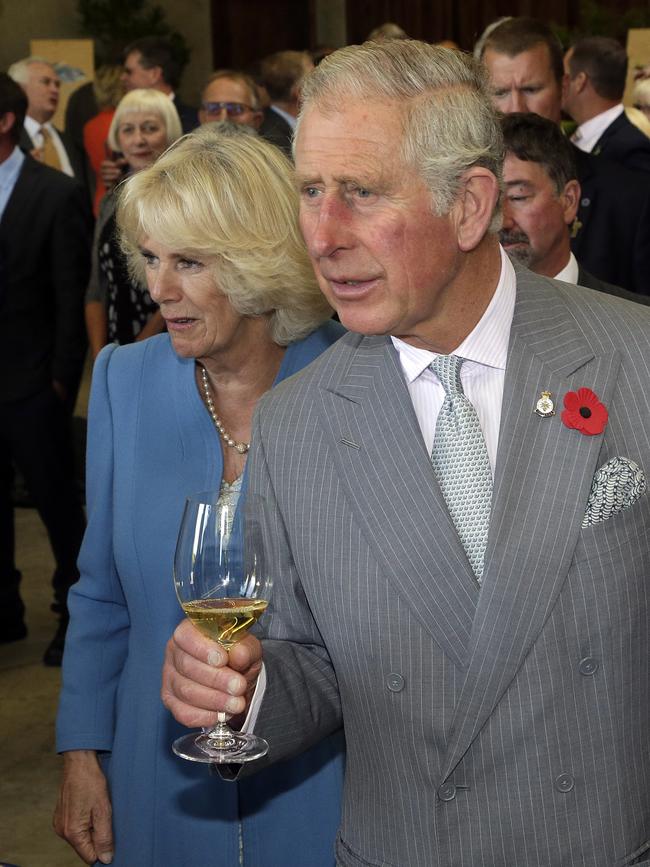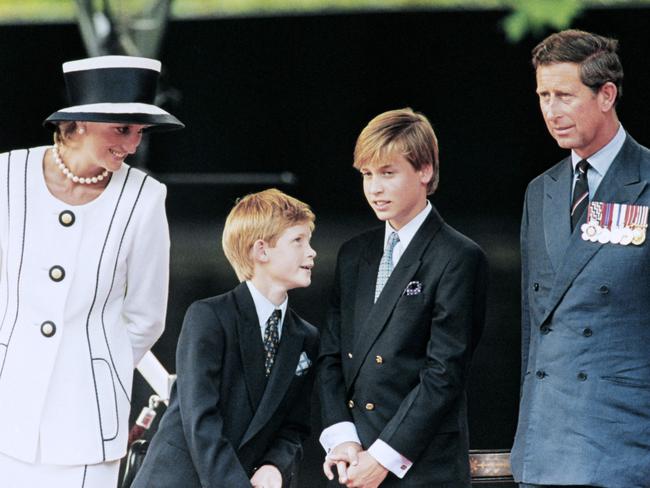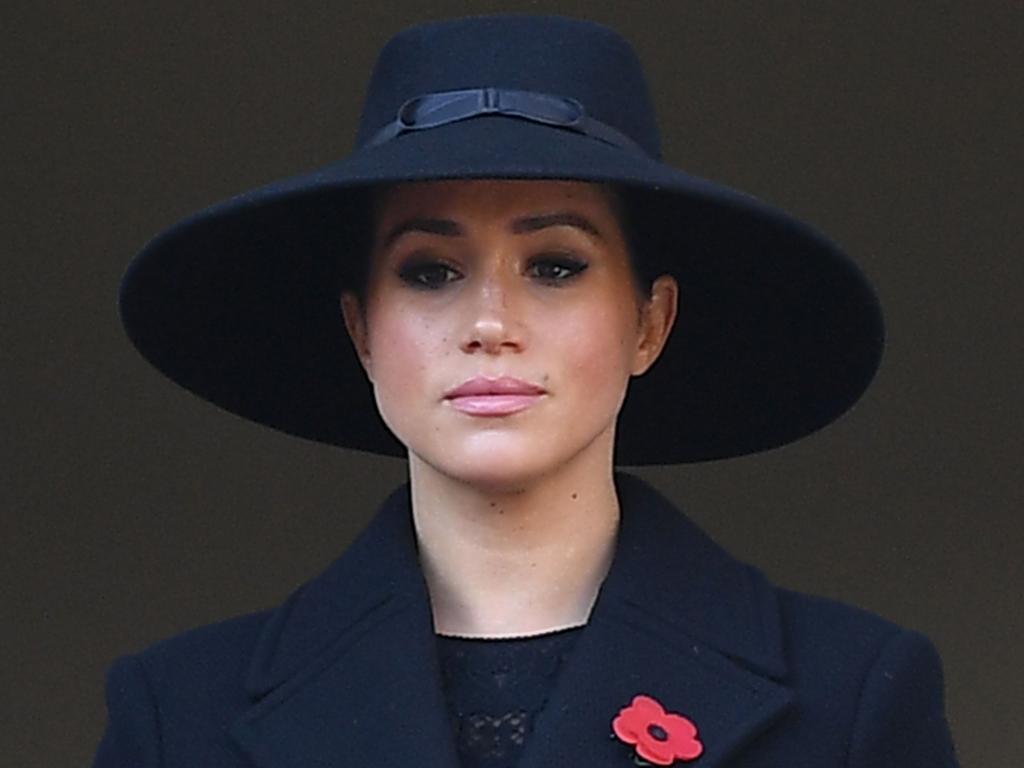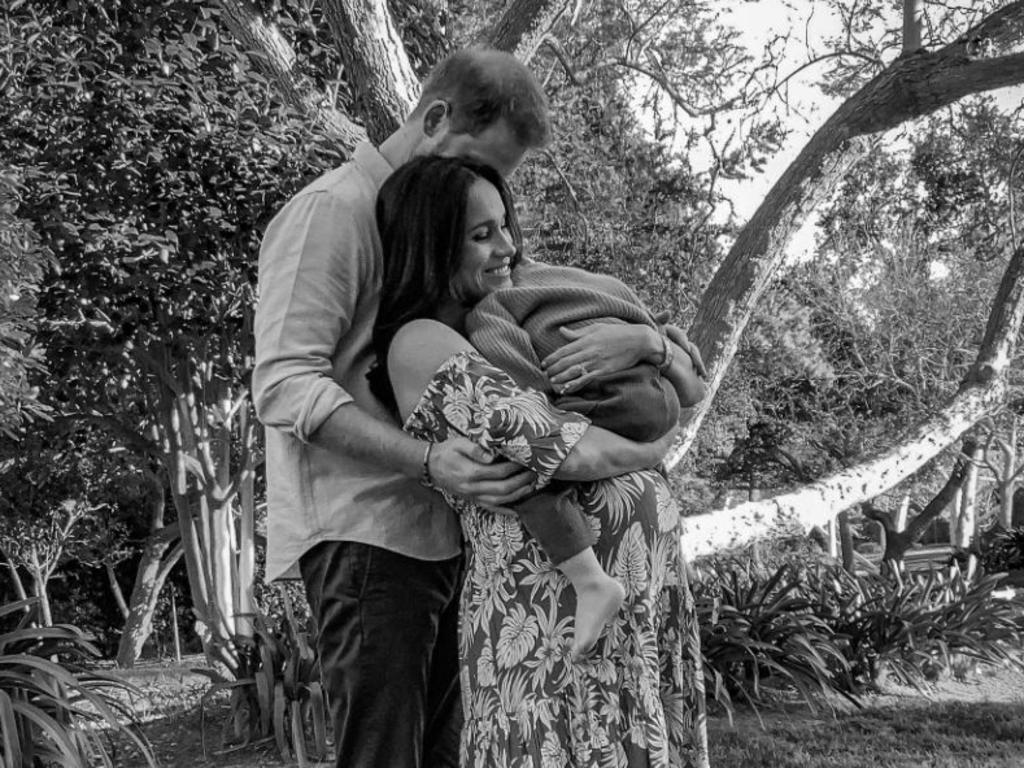Prince Charles again cast as the villain in Harry and Meghan row
Spare a thought for Prince Charles. The heir to the throne — pilloried in The Crown, demonised for the failure of his marriage to Diana — has now been cast as the bad guy by his own son.

If you were a sympathetic sort of person, you might have some sympathy for Prince Charles. The heir to the throne, pilloried in The Crown, ridiculed for talking to trees, demonised for the failure of his marriage to Diana, has now been cast as the pantomime villain by his own son.
Prince Harry has said that he feels let down by Charles and complains that at one point during Megxit his father stopped taking his calls. Harry pointedly told Oprah Winfrey that it was neither the Queen nor Prince Philip who made the toxic comments about his baby’s skin colour, leaving every other member of the family, including his father, under suspicion. Somehow, it’s always Charles who ends up in the stocks being pelted with rotten tomatoes. But does he always deserve it?

The short answer is no. The thread running through Charles’s life is his enthusiasm for the organic movement and his concerns about climate change and the environment. He was years ahead of his time, but initially dismissed as a weirdo and a crank. The situation was not improved when he confessed that he talked to his plants. “I happily talk to the plants and trees, and listen to them,” he once said, adding, “I think it’s absolutely crucial,” although for whom is unclear.
He was an early adopter of the belief that greater use should be made of homeopathic remedies in farm animals instead of antibiotics. Overuse of the latter has led to the crisis of antibiotic resistance. The jury is out, though, on homeopathy, on which the medical establishment hasn’t always been so keen. In 2017 Simon Stevens, then the chief executive of NHS England, defended a plan to stop homeopathic remedies being available by prescription on the NHS, calling them “at best a placebo”.
Then there’s architecture. Charles’s views on architecture can be boiled down roughly to: Georgian — good; modern — bad. That finds sympathy with sections of the public, but infuriates architects, who accuse him of suppressing debate. Giving a speech to the Royal Institute of British Architects in 1984, Charles compared a proposed extension to the National Gallery to a municipal fire station and described it as “a monstrous carbuncle on the face of a much loved friend”. The proposal was dropped and something more to his taste was duly built instead. Another row erupted after it emerged in a case at the High Court in 2010 that Charles, over tea at Clarence House with the Emir of Qatar, had voiced concerns about Qatari plans for a development in Chelsea.

And then there’s the scarcely credible juicy stuff that we love to read once our jaws are off the floor. The fact that he travels everywhere with a white leather toilet seat. He’s been known to arrive at house parties with his own food, mattress, pre-mixed martinis and, occasionally, art. The journalist Tom Bower relates a story in which Camilla had to talk Charles down after he encountered clingfilm for the first time and shrieked in shock, which makes you wonder how he’d react if he ever met a masked intruder. In his book On Royalty Jeremy Paxman writes that Charles is presented every morning with a selection of boiled eggs, all lined up in a row, so that he can select the one with optimal consistency. “If the prince felt that number five was too runny, he could knock the top off number six or seven.”
The royal butler Paul Burrell, who worked latterly for Princess Diana, has claimed that the prince’s pyjamas are ironed daily along with his shoelaces. Even the Queen was said to have been surprised at the size of his staff, said by Bower to be about 120. They range from those who help him to perform up to four changes of clothes a day to “retired Indian servicemen deployed to prowl through the undergrowth at night with torches and hand-pick slugs from the leaves of plants”.
The nation cringed when the transcript of a phone conversation between Charles and Camilla Parker Bowles, his mistress at the time, was published in 1993. In it, Charles expressed a wish to live inside her trousers.
“What are you going to turn into, a pair of knickers?” Camilla says.
“Or, God, forbid, a Tampax! Just my luck!” Charles jokes.
The exchange led some to question his suitability to rule and others his idea of what constituted long-distance sex talk.
Elsewhere, one royal biographer described him as a consummate diplomat blessed with a “capacious mind”, “elephantine memory” and “emotional intelligence”. Which may be true, but then again he was also photographed at the Pope’s funeral in 2005 shaking hands with Robert Mugabe. He protested that he had been caught by surprise and that he found the Zimbabwean regime repugnant, but the optics, as courtiers term such things, were not good.
In 2009 it emerged that his nickname for a friend, a British-Asian businessman called Kolin Dhillon, was Sooty. Dhillon defended him, saying the nickname was “a term of affection, with no offence meant or taken. The Prince of Wales is a man of zero prejudice.”

In The New Yorker in 2017 the journalist Zoe Heller wrote of Palace fears that republicans might use the interval between the Queen dying and Charles being crowned to whip up anti-monarchy sentiment. He provides plenty of grist for the mill. He was accused of wading into politics after the publication of what became known as the “black spider memos” — handwritten letters to cabinet ministers on topics ranging from badger culls and school meals to the plight of the Patagonian toothfish and the helicopters provided to British troops in the Iraq War. The Palace line was that he was not breaching the royal family’s strict adherence to political neutrality because they were sent in a private capacity. Critics said that it was a constitutionally improper attempt to influence government policy. People born after 1950 wondered why he didn’t send an email.
Yet it is his marriage to Diana, adultery and divorce that have been the cause of most of the opprobrium, beginning with his infamous “whatever love means” response to the question “Are you in love?”.

In a letter on the eve of his marriage, in 1981, Charles wrote despairingly that going ahead with a union that was, on his side at least, arranged and loveless was “the right thing for this country and my family”. As the marriage imploded, the spectacle of both parties slugging it out in books and interviews, first Charles in 1994 with Jonathan Dimbleby, then Diana with Martin Bashir and Andrew Morton, served mainly to unite public sympathy firmly behind Diana, where it has remained ever since.
Camilla was pelted with bread rolls in a Wiltshire supermarket for her perceived role in the breakdown of the marriage. Charles is vilified in the latest series of The Crown as a weak man and a faithless husband who never gave his marriage a chance. The show’s writer, Peter Morgan, told The New York Times in 2019 that he assumed that its global audience of 73 million knew that he sensationalised some things and invented others.

Friends of Charles protested that it was “trolling with a Hollywood budget” and Prince William was said to feel that “his parents are being exploited and presented in a false, simplistic way to make money”.
Sometimes all Charles has to do to attract bad headlines is turn up. In 1969 Welsh nationalists were vocal in their fury about his investiture as Prince of Wales, a time he recalled for a documentary in 2019. “There was a lot of to-ing and fro-ing and shouting and screaming,” he said, “but actually, on the day, there were simply a lot of people around being very cheerful, on the whole.”
Whether that turns out also to be a prediction of his coronation remains to be seen.
— THE TIMES




